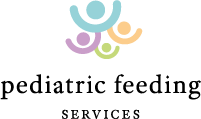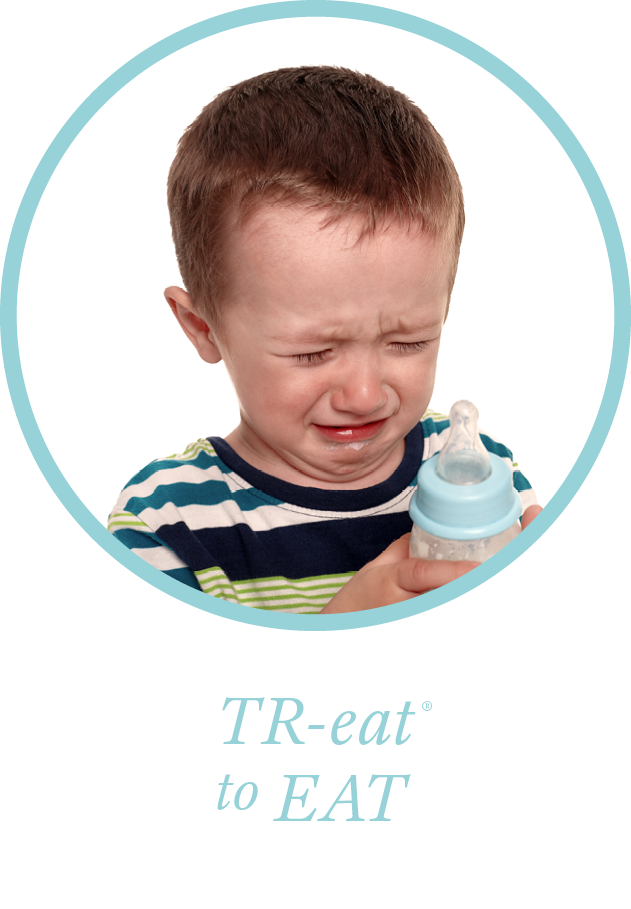Successful feeding therapy starts with a building a relationship with the child and family as well as using effective and logical treatment strategies.
Getting to know you and your child and making you feel at ease is my goal. This relationship starts with the initial phone call and continues with ongoing services. Treatment is provided utilizing the TR-eat® (Transdisciplinary Effective Assessment and Treatment) model, Beckman Oral Motor Assessment and Exercises, CAN-EAT Approach, Tethered Oral Tissues Specialty Training and 30+ years of pediatric feeding experience.
What is the TR-eat® Model?
TR-eat® (TRansdisciplinary Effective Assessment and Treatment) model was co-developed in 2009 by Carol Elliott, OTR/L and Elizabeth Clawson, PhD. The model is a systematic blend of therapy treatment techniques created to address the major areas affected by pediatric feeding disorders (Medical, Nutrition, Oral-motor skill, Sensory, Behavior). The goal for each treatment session is to build feeding skills and confidence in order for the child to eat food, not just look at it or play with it. When all the contributing factors are addressed properly you will see eating success!
Here are the basic principles of the approach:
TR-eat® melds medical/nutrition, sensory, oral motor skill building and behavioral strategies into a single treatment approach
Treatment is systematic and sequential and is based on child’s response and data collected
Methods are “child guided” meaning the child’s responses along with objective data are used together to guide the treatment plan that is implemented by the therapist. We search for the “just right challenge” to nudge the child slightly out of their comfort zone by providing them with an achievable task. Social praise and other reinforcements are utilized to help reward the child for a job well done until the act of eating is all the reward they need.
Parent/caregiver active participation and ability to carry over the plan at home is essential
Unique skill building strategies are utilized (handling, oral motor exercises, techniques to teach chewing, sensory desensitization, behavioral strategies)
Progress toward goals has been noted to be quicker as compared to other traditional treatment approaches (Sensory Oral Sensory – SOS, strict behavioral based treatment)
Functional “eating” progress is the goal. This model does not require the child to do set steps to start eating, i.e they are not required to touch, taste and lick food before eating it. Eating vs playing with the food is the focus.
Keeping the child well nourished throughout the treatment process is a must
Tube weaning, if applicable is systematic and based on oral intake and level of nutrition


